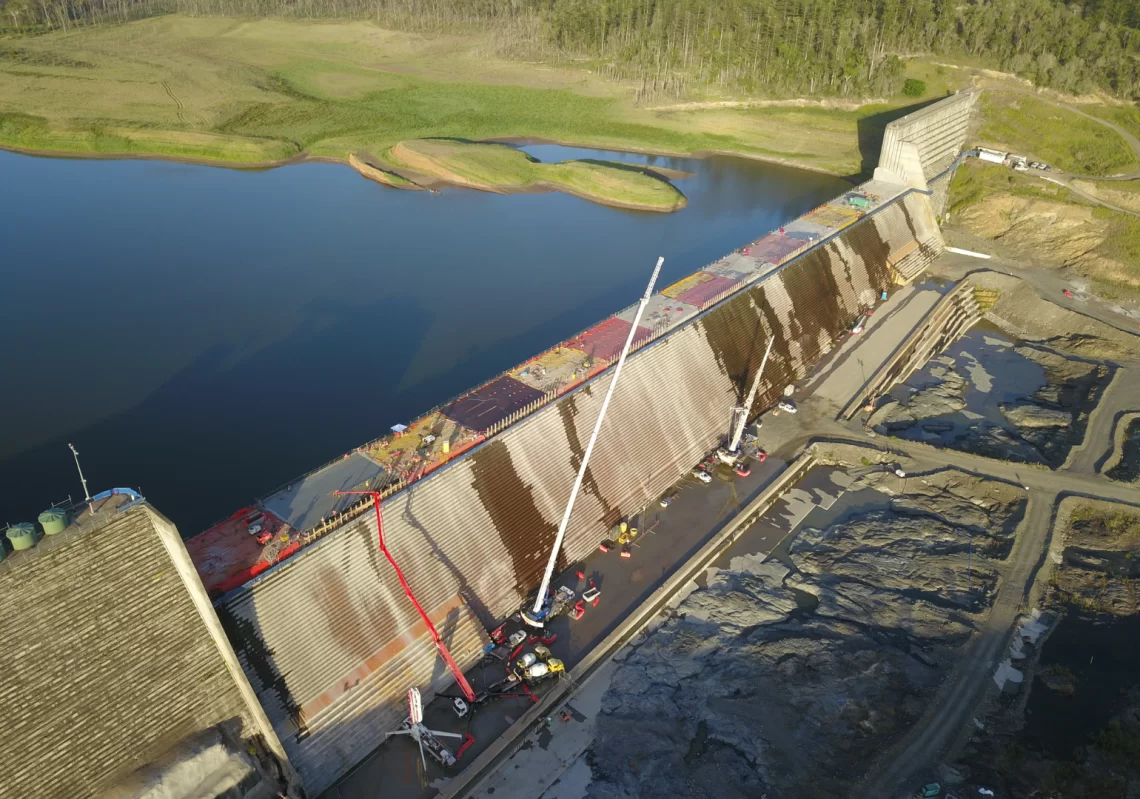The Paradise Dam rebuild has led to several key recommendations for bolstering dam safety management.
This article was originally published in the November 2024 issue of create with the headline “Trouble in paradise”.
In stark contrast to its name, Paradise Dam has had a fraught development.
The 300 GL-capacity roller compacted concrete (RCC) gravity dam, the largest by volume in Australia, experienced severe structural damage from flooding that threatened its integrity. It was subsequently announced that the dam couldn’t be fixed and a new wall would be built immediately downstream.
So why did this happen – and how has it influenced the management of dam safety in Australia?
Structural questions
After the Burnett Dam Alliance completed construction in 2005, Paradise Dam experienced a series of flooding events, including in December 2010-January 2011 – the most serious Queensland flooding event since 1974 – and in January 2013.
The 2010-11 flooding caused spillway flows for the first time in the dam’s history. The 315 m-long primary spillway has an ogee crest shape, while the 485 m-long secondary spillway is a trapezoidal crest section. In the months following, it was identified that considerable damage had been caused to the primary spillway, training walls on the left and right, the fishway and other areas of the dam. Erosion was also evident along the banks.
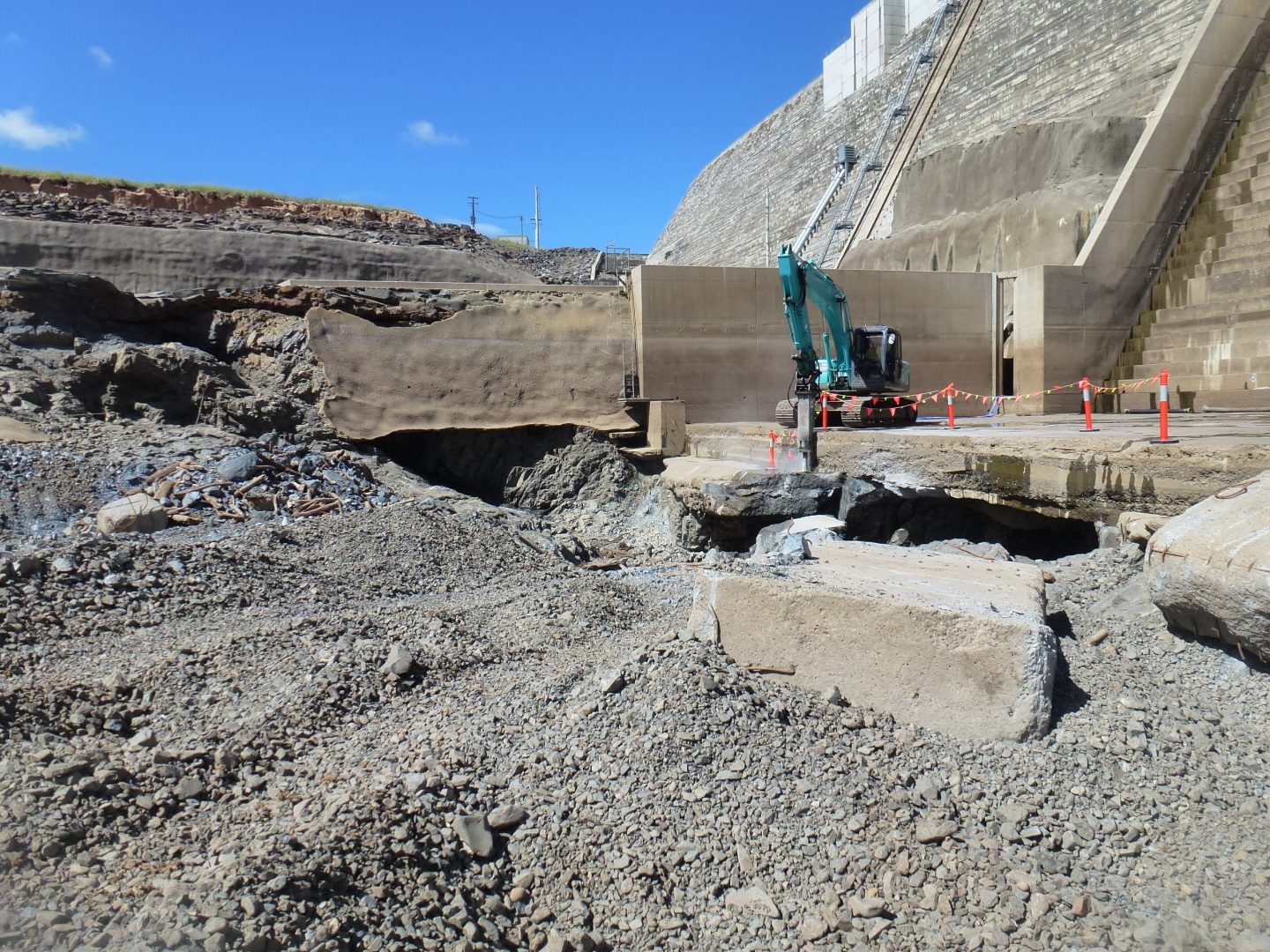

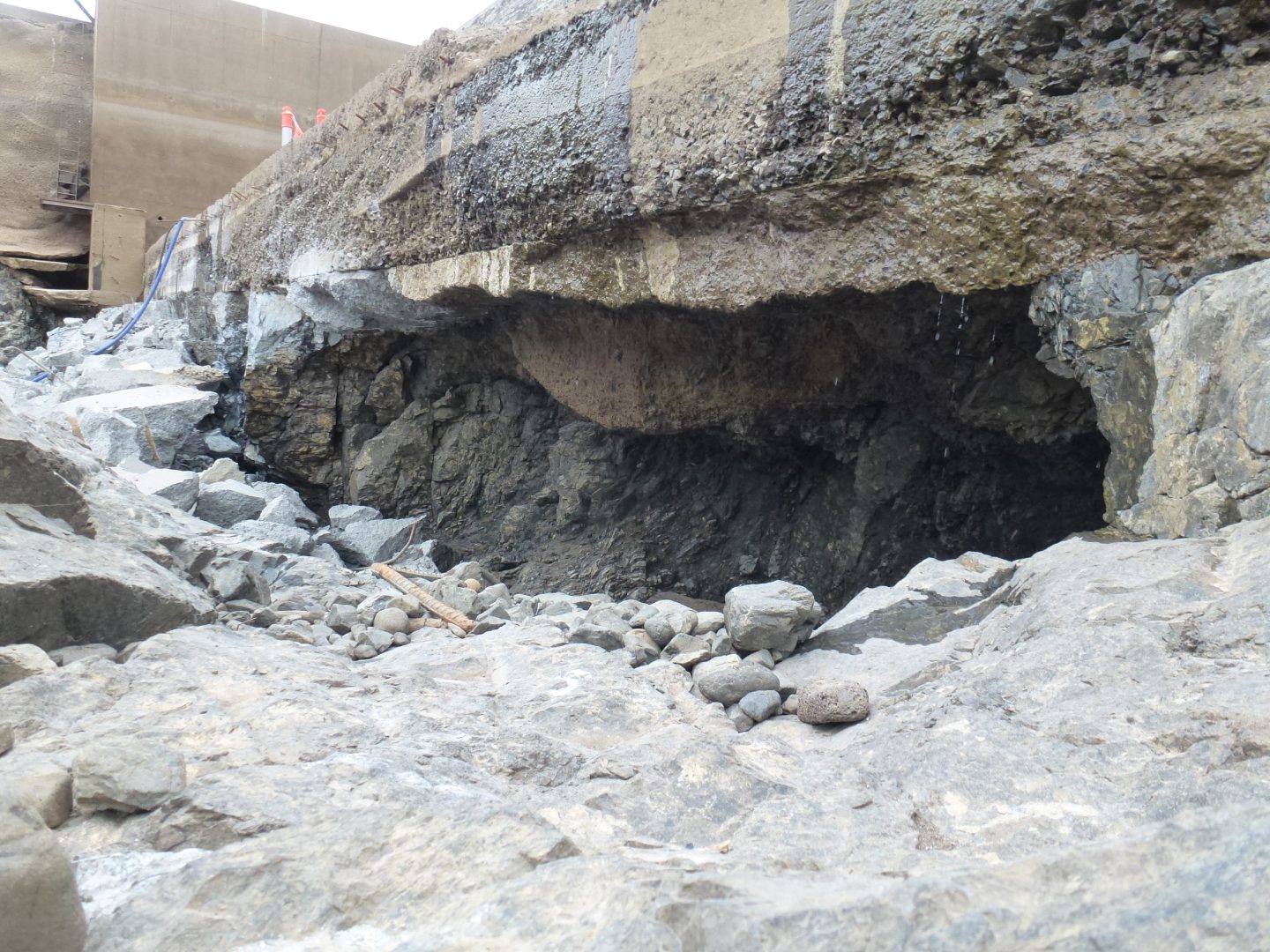


Flooding in 2013, when the primary spillway crest overtopped by 8.65 m, caused the riverbed further down the Burnett River to experience severe scouring, which developed along a fault zone in the rock. Despite the flooding being “well within” the dam’s limits, according to the Paradise Dam Commission of Inquiry, there was damage to roughly half of the top layer of RCC in the apron slab. Sections of the apron’s sill had been dislodged and washed downstream.
The two flooding events left the dam’s stability and integrity in question. The Queensland Government-owned operator Sunwater lowered the dam height to 5.8 m in 2020 to undertake safety improvement works.
This alleviated but didn’t solve the problem; Sunwater is planning to build an entirely new wall to meet modern safety standards and restore the dam’s full water supply, and expects the existing dam wall will act as something of a cofferdam, shielding the new dam wall from the body of water during construction.
Civil engineer Dr John Macintosh HonFIEAust CPEng, who is a former Queensland Professional Engineer of the Year, told ABC News in January that rebuilding was essential.
“If nothing was done [there was] a good chance there would be a failure of the dam some time in the future,” he said.

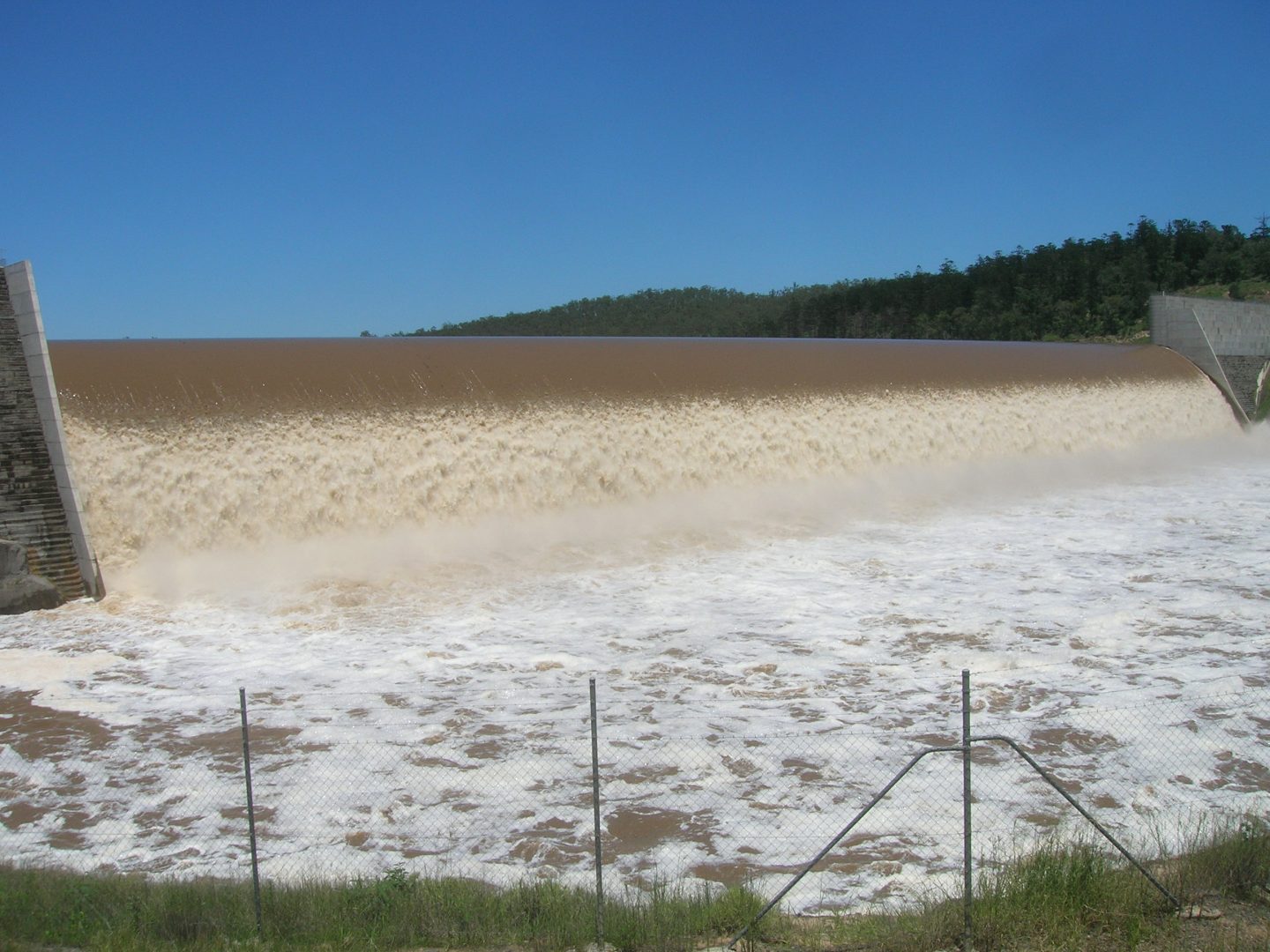
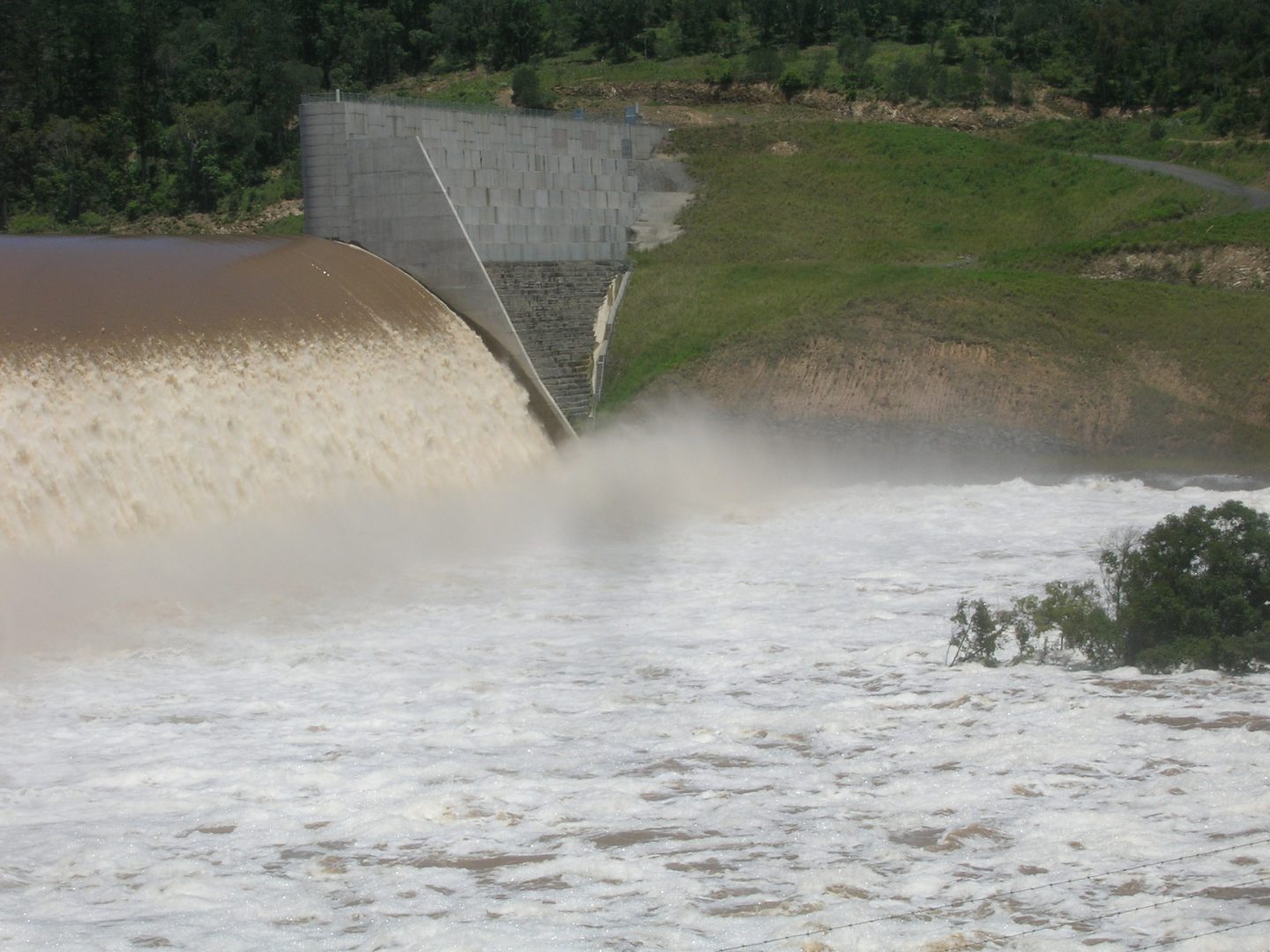
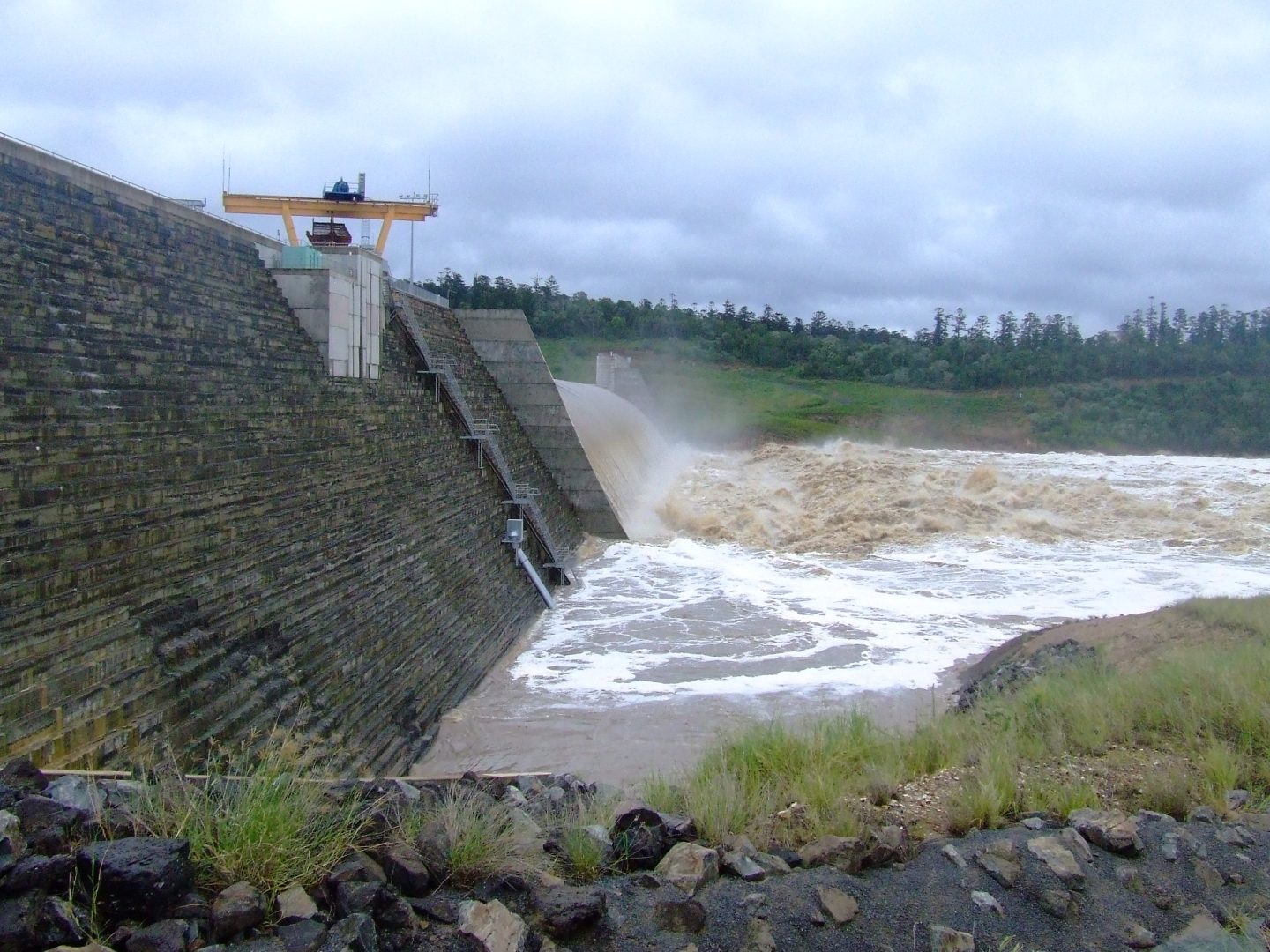
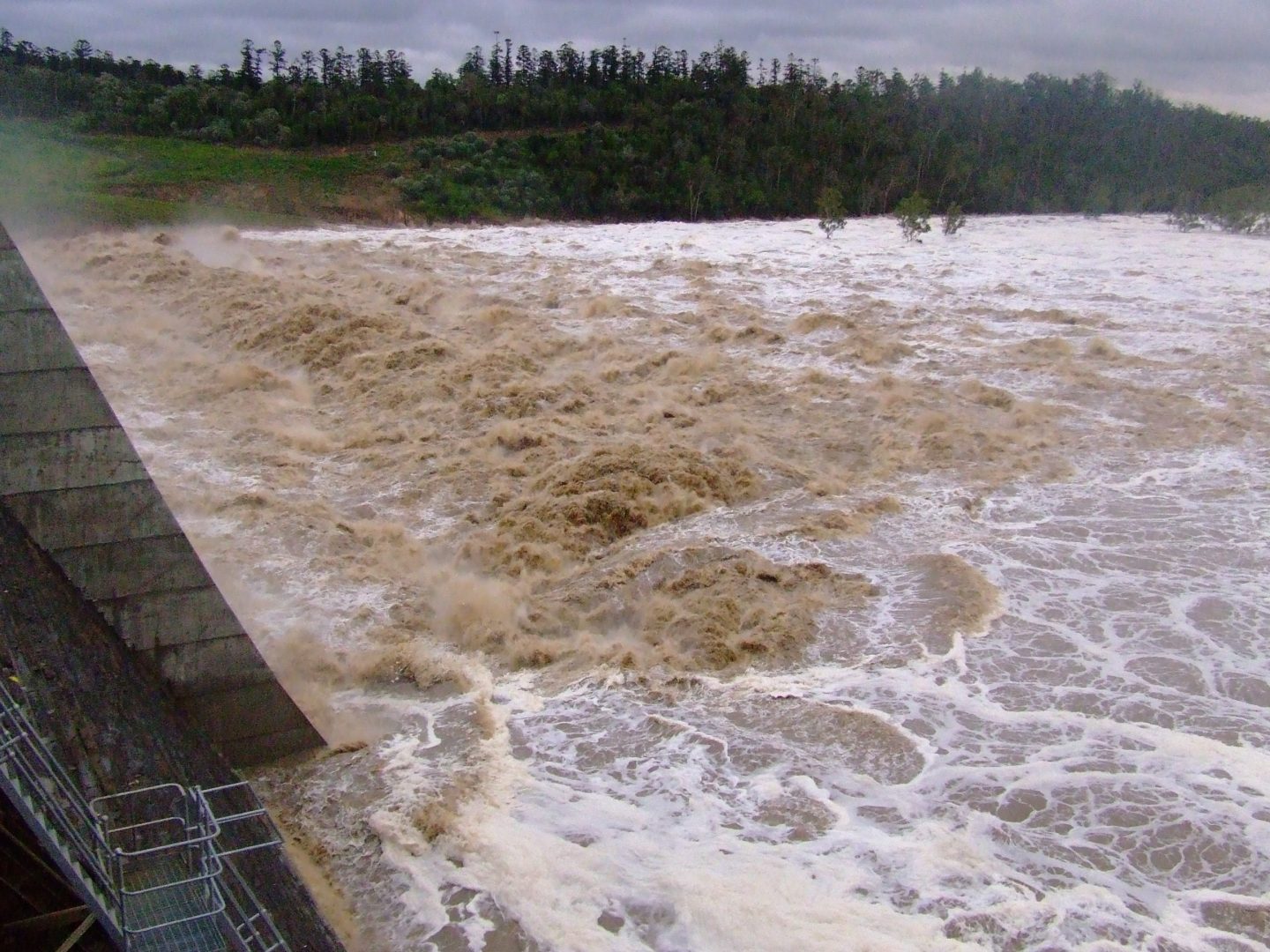
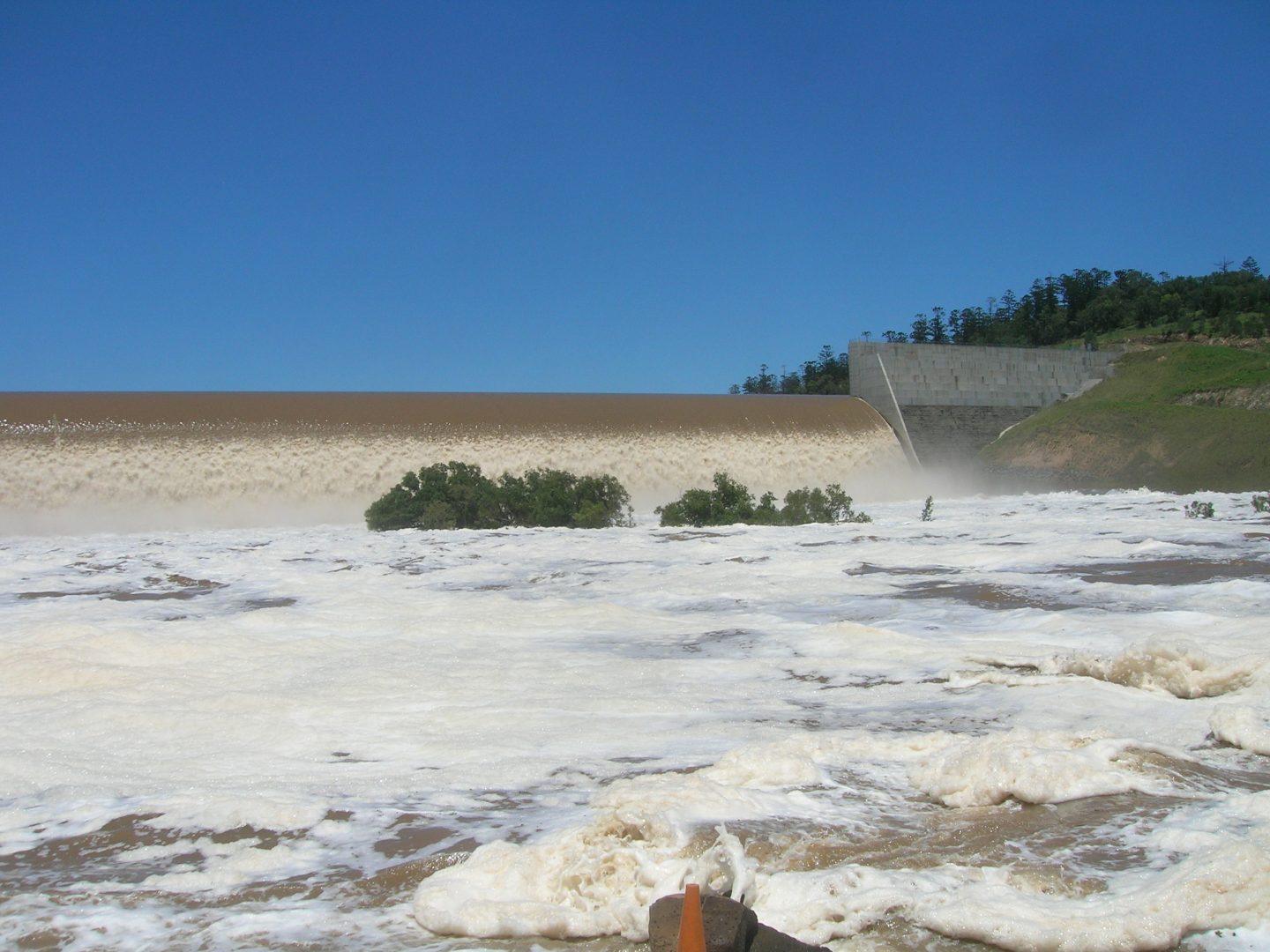


Findings and recommendations
The Paradise Dam Commission of Inquiry Report, released in 2020, investigated sliding stability of the RCC layers and scour protection downstream of the primary spillway. It came to the conclusion that sufficient uncertainty exists about the structural stability of the dam given the risk of more future serious flooding events.
“Despite the relatively high cohesion values, the RCC was not tested in a laboratory or in situ during design or construction to determine if the design values could be achieved,” the report said. “Without confirmation testing, assessing whether the design parameters had been met relied on the construction quality assurance program.
“In 2015, testing of core samples retrieved from the [dam] called into question whether the design values had been attained. Despite further testing since 2015, doubts remain about whether the assumed design values of friction angle and cohesion have been achieved in the [dam] as-constructed.”
The report found that, at 20 m, the primary spillway apron was not long enough to combat scouring and erosion downstream. Its recommendations included:
- Sufficient testing: “The materials used to construct a dam and the dam as-built should be subjected to inspection and physical testing to confirm the values adopted for critical design parameters.”
- Consideration of force: “The designer of a dam should give proper consideration to the erosive force of water and the capacity of the riverbed to withstand such force. This may include testing and simulation using computational and hydraulic modelling.”
- Operator input: “The entity that is ultimately to own or operate the dam after its commissioning should have an opportunity to influence its design and construction.”

In a submission made in response to a consultation paper by the Department of Natural Resources, Mines and Energy, Engineers Australia recommended an overhaul of dam regulations and guidelines to reflect the findings from the inquiry.
“Dam safety in Queensland is managed under two key processes, the [referable] dam process for clean water dams, and the ‘regulated’ dam process for other dams, such as dams containing hazardous substances on mine sites,” the submission said.
“Engineers Australia recommend[s] a combined review of the dam safety requirements in these two processes. With differing sets of guideline documents applying for each, and a different department providing oversight to these two sets of processes, there is the opportunity for inconsistencies.”
References
Paradise Dam Commission of Inquiry report, Paradise Dam Commission of Inquiry, April 2020
Response to Paradise Dam Consultation Paper, Engineers Australia, September 2020

